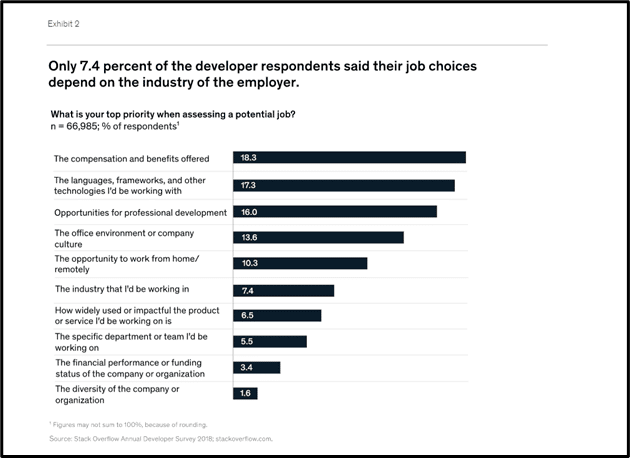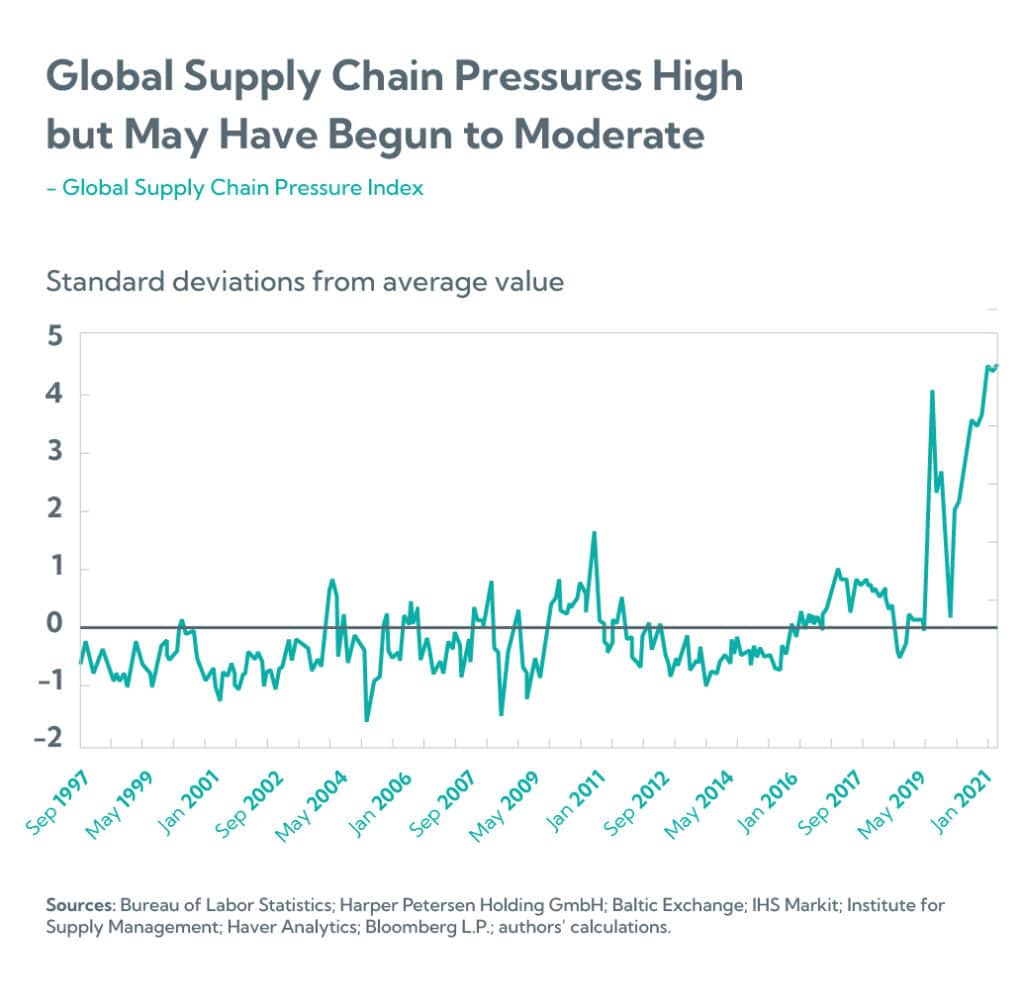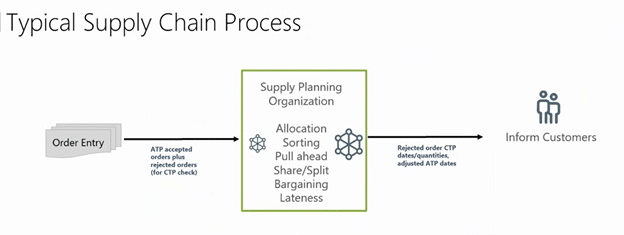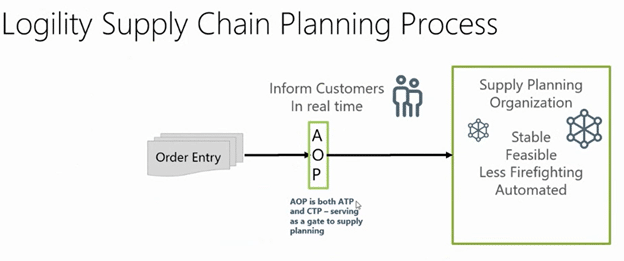Look deeper than ever before. Reduce risk. Increase profits. Make your customers happier.
Key Takeaways:
- Supply chain visibility offers the means to manage your supply chain efficiently as well as help you meet ESG and corporate responsibility goals
- The transparency gained through complete supply chain visibility increases supply chain efficiency, increases profit margins, and strengthens customer and supplier relationships
- End-to-end supply chain visibility allows you to massage and control every piece of your supply chain for optimized results for both you and your customers
- Modern supply chains need modern technology — you can’t get visibility with emails, phone calls, and spreadsheets
- A digital supply chain management platform gives you the data you need along with the analysis required for informed decision-making and complete visibility
Today’s supply chains are messy, tangled beasts. Even in the best of times, they can be unwieldy, and keeping track of your suppliers, your suppliers’ suppliers, and… You know the drill. Insights can be hard to come by as investors, consumers, and boards of directors are upping their environmental, social and governance (ESG) criteria and demanding greater corporate responsibility. A transparent view of the supply chain is required.
It’s not just about meeting ESG goals. Supply chain visibility offers the means to manage your supply chain efficiently by offering previously unseen opportunities. In days of yore, you didn’t need such in-depth visibility, but today, as supply chains grow more complex and stretch further across the globe, you need a 360-degree view, from raw material sourcing to final product delivery.
As procurement and supply leaders examine their supply chains, they often turn to things like spreadsheets or try to hack their current software to create a DIY solution. What they end up with is an unresponsive, inflexible system and no visibility at all into the supplier data they need. Supply chain visibility has become critical, so we’ll look at what good supply chain visibility really means, why it’s important, and why you need a unified digital supply chain platform.
What Is End-to-End Supply Chain Visibility?
End-to-end supply chain visibility is the ability to track individual components – beginning with raw materials, sub-assemblies, and finished products – as they travel from supplier to manufacturer to the final destination. It’s enabled through technology that provides real-time data about all aspects of your supply chain, gathering usable data that gives your company the agility to work around inventory shortages, sidestep bottlenecks, and meet any compliance requirements.
It’s visibility inside and out – into your internal business operations and all external partners. The transparency gained through complete supply chain visibility increases supply chain efficiency, increases profit margins, and strengthens customer and supplier relationships.
Why Is Supply Chain Visibility Important?
Supply chain visibility is essentially about control. As time has marched on, companies have outsourced more and more pieces of their supply chains, making them difficult to control, and this is where supply chain visibility comes in. The transparency gained can alter your organization’s operations as interactions and relationships with both suppliers and customers improve.
A digital supply chain management platform means you can pull data not only internally but directly from suppliers, providing detailed insight into each component you use or sell. Risk is reduced as visibility into upstream partners means you’re notified immediately of any disruptions, so problems can either be solved or circumvented.
At this level of visibility, you can track movement throughout the supply chain. There would be documentation for the use of raw materials, components used in the production process, and, upon completion, you can see the exact location of finished goods. Once goods leave the plant, they can be tracked on ships, trucks, or planes as they travel through customs and other checkpoints.
Your digital supply chain platform should also include a corporate responsibility solution to track social compliance and environmental status that allows you to initiate, review, monitor, and submit corrective action plans. You also need a view into the environmental status of all suppliers to ensure compliance with your corporate responsibility practices.
Supply chain visibility also offers the benefits of:
- Simplifying complexities: By providing insights across your diverse supplier network, you not only anticipate and solve logistical issues that can hurt customer relationships and decrease profits but also add a level of trust and transparency.
- Increasing customer satisfaction: By making sure the right products are at the right locations at the correct time, you offer the ability for customers to track their orders from the factory to their loading dock.
- Easier compliance: Your international supply chains have intense regulatory requirements, and these are changing all the time. Decrease the risk to your reputation, too, by ensuring that the behavior of all your supply chain partners is ethical.
- Boosted competitiveness: Your supply chain is costly, and likely is one of your largest budget line items.
Visibility Takes a Digital Supply Chain Platform
Visibility doesn’t just happen, and it will never happen using phone calls, emails, and spreadsheets. It doesn’t matter if you’re monitoring supplies and products at a batch or individual item level. Monitoring safety, legal, and material certifications; order and vendor information; status and location of suppliers; and manufacturing dates – all are integral parts of the highly visible supply chain.
Supply chain visibility first and foremost relies on data. Relevant, real-time data across the supply chain. Then, this data must be analyzed and acted upon. To achieve this requires a robust digital supply chain platform that utilizes advanced, intelligent technologies with a focus on process improvements that drive efficiency and monitor corporate responsibility.
A modern digital supply chain platform also enables resilience with end-to-end visibility and capabilities for supplier management combined with contingency planning, crisis management plans, and incident response strategies. It’s important to note that end-to-end today doesn’t mean a linear progression. The circular supply chain concept is gaining traction, as manufacturers seek to meet sustainability goals by recycling and reusing stock. You want to be able to capitalize on reverse logistics, as well, to be sure you’re capturing the value of or properly disposing of excess goods, whether from returns or because they were unsold.
You want artificial intelligence (AI) and machine learning (ML) to inform and improve decision-making, forecasting, and planning, as well as to perform the advanced calculations that turn visibility into actionable information.
Supply chain visibility is essential to business success. You need insights into every nook and cranny of your supply chain to achieve efficiencies that deliver the profits necessary to flourish. In addition, you need the means to both validate and transparently report on progress toward your ESG goals, not to mention keeping on top of the ever-changing regulatory environment.
Get Vital Supply Chain Visibility with Logility
The Logility® Digital Supply Chain Platform supports you to drive a visible, sustainable digital supply chain. It leverages data-driven tools such as advanced analytics and AI that empower your business to meet today’s supply chain complexities head on. You get the supplier data and other analytics you need to meet your transparency goals as well as your revenue goals.
We help organizations sense and respond to changing market dynamics and more profitably manage their global businesses and become resilient, sustainable enterprises. It’s time for a digital, sustainable supply chain. Reach out to our specialists today to discuss our supply chain solutions.




